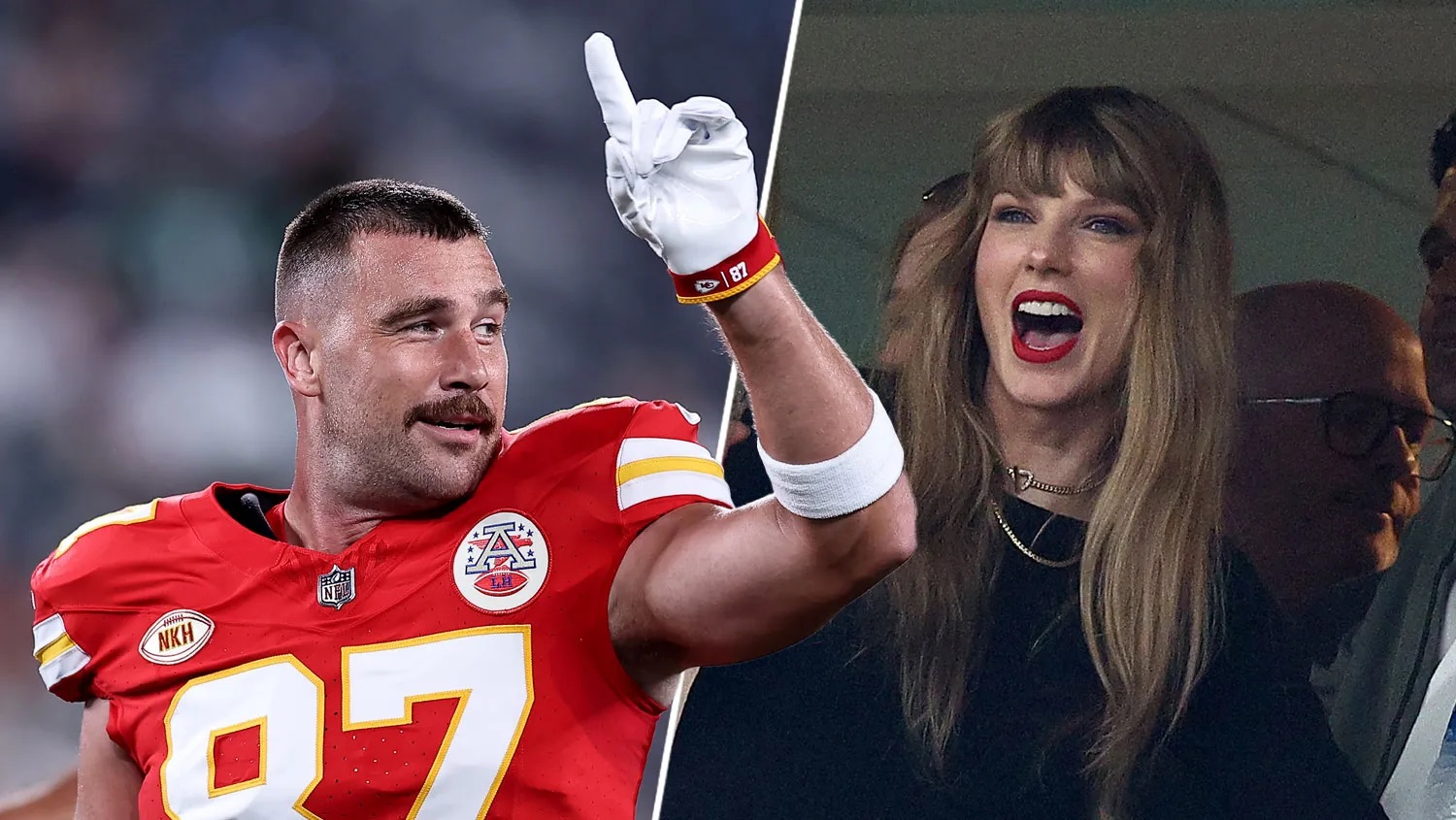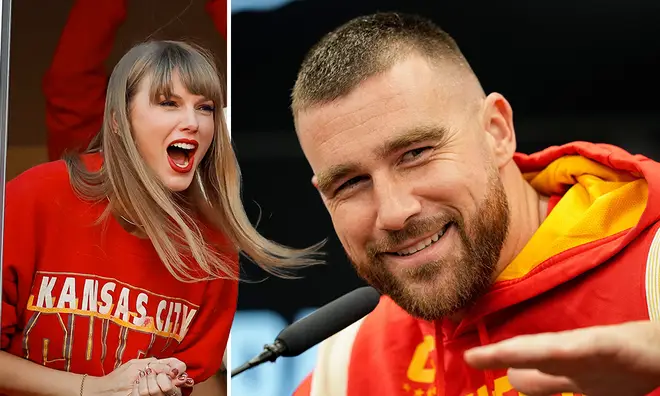Taylor Swift is Making Headlines as the NFL Loses Nearly $700 Million in ‘Taylor Swift Fever’. But Are People Tired of Seeing Her?
In an unexpected twist, the NFL is reportedly facing substantial financial repercussions following its recent collaboration with pop icon Taylor Swift. Despite her attendance at Kansas City Chiefs games creating a buzz and increasing female viewership, recent reports reveal that the league has suffered an estimated $700 million loss due to Swift’s overwhelming presence. This surprising financial fallout demonstrates how even a star as luminous as Swift can shine too brightly for some fans, leading to backlash from traditional football followers.

When Taylor Swift first appeared at a Kansas City Chiefs game on September 24, it sent shockwaves through both the music and sports worlds. Swift’s mere presence spurred an uptick in viewership, particularly among her dedicated fan base, affectionately known as Swifties. The phenomenon became known as the “Taylor Swift effect,” and initially, it appeared to work magic for the NFL. Games that Swift attended with her new beau, Chiefs tight end Travis Kelce, saw a significant viewership boost, especially among young women.
Swift’s influence transcended the stadiums, capturing the imagination of a new audience that hadn’t been traditionally interested in football. Her popularity led to a 20% increase in sponsorships and brought in new fans, with a reported 53% increase in teenage girl viewership and a 24% rise among women aged 18 to 24. This surge in female viewership was initially hailed as a triumph.

However, Swift’s omnipresence quickly turned sour for the NFL’s traditional audience. Some die-hard football fans found the Swift-centered media frenzy distracting and irritating. As more focus was placed on Swift’s attendance than on the games themselves, viewers began expressing their frustration, feeling that the NFL was pandering excessively to Swifties and alienating the league’s long-standing fan base.
Furthermore, as Swift’s attendance at games became more frequent, some argued that the media attention shifted the spotlight from the players to Swift’s interactions, her expressions in the VIP boxes, and her relationship with Kelce. Traditional NFL fans began switching channels or tuning out altogether, leading to a noticeable dip in overall viewership.
The financial impact of this backlash has been monumental. Sponsorship deals that initially blossomed from the “Swift bump” began to falter as brands reconsidered their association with the NFL. Additionally, merchandise and ticket sales started to dip. Swift’s presence at games initially spurred merchandise sales, but as traditional football fans grew more disenchanted, sales began to decline.
All of these factors have reportedly led to the NFL losing nearly $700 million in revenue. This staggering loss demonstrates the fine line that the NFL walked by leaning too heavily on a single celebrity’s influence.

It remains to be seen how the NFL will respond to these significant losses. Some suggest that it will reconsider its media approach and refocus on core sports reporting to regain trust among loyal fans. In a bid to find a balance, the league may try to engage new fans without alienating their long-time base.
News
Meghan Markle demands ‘fair play’ as new South Park episode trashes her Netflix cooking show Calls it ‘Duchess Can’t Cook’
A New Scathing South Park Parody Takes Aim at Meghan Markle’s Cooking Show. The notoriously irreverent and satirical animated series South Park has set its sights on the Duchess of Sussex, Meghan Markle, with a biting new parody episode titled…
Meghan Markle’s mother demands benefits: “My daughter has worked hard to give birth to children for the royal family and I am asking King Charles to legally divide the inheritance among the grandchildren.”
Meghan Markle’s Mother Demands Benefits: “My Daughter Has Worked Hard to Give Birth to Children for the Royal Family, and I Am Asking King Charles to Legally Divide the Inheritance Among the Grandchildren” In recent developments, Doria Ragland, Meghan Markle’s…
Meghan Markle’s mother is extremely upset and confides in RF’s “WRONG BEHAVIOR” towards her daughter, which she claims caused her granddaughter to become homeless
Meghan Markle’s mother, Doria Ragland, discusses her daughter’s suicidal thoughts in a new interview. Ragland says that she was “heartbroken” to learn of her daughter’s struggles and that she and Prince Harry were unable to protect her from the media…
Amid doubts about Meghan Markle’s ability to have children. A leaked document shows Meghan Markle panicking because Lilibet’s biological mother wants her daughter back
Meghan Markle in Panic: Shocking Footage Allegedly Shows Lilibet’s Biological Mother Reclaiming Her Daughter A woman named Maria Gonzalez, who used to work as the housekeeper at the Montecito estate of our daring Duke and Duchess of Deceit, has stepped…
PRINCE HARRY COLLAPSES: Eyes bloodshot after seeing pictures of Meghan Markle and Andrew as rumored
It was supposed to be a quiet, romantic evening between Prince Harry and his wife Meghan Markle. However, when Harry decided to borrow Meg… It was supposed to be a quiet, romantic evening between Prince Harry and his wife Meghan…
The ‘FATAL’ move that left Meghan Markle panicking: Billy Joel reveals firsthand the ‘Hollywood Affair’ scandal
Billy Joel, the renowned singer, made waves this past week with unexpectedly candid remarks about Meghan Markle during a live concert. Here’s a closer look at what transpired and the ensuing Hollywood drama. The setting was Madison Square Garden in…
End of content
No more pages to load







